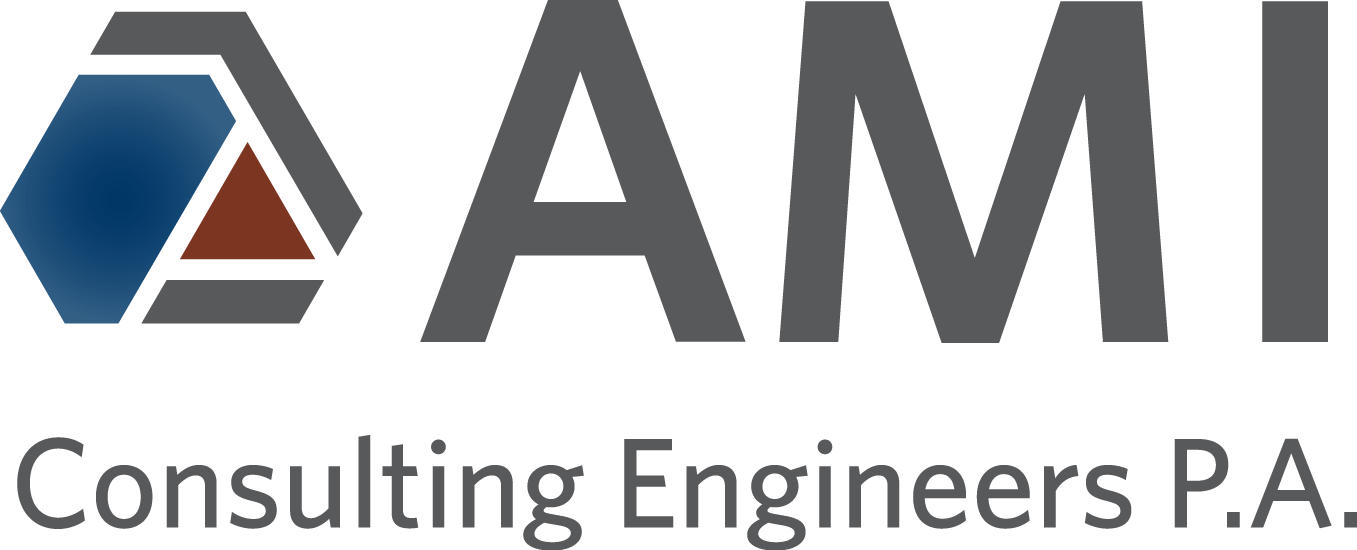Finding Solutions to a Mysterious Harbor Corrosion Problem
Written by Gene Clark and Kathleen Schmitt Kline - Wisconsin Great Lakes Chronicle 2009
Chad Scott, a structural engineer and commercially certified diver, was on a routine port structure inspection dive in the Duluth-Superior Harbor several years ago when he came face-to-face with a problem—one big enough to put his fist through.
“I’ve seen some corrosion here and there at other Great Lakes ports, but nothing like this,” he recalled.
Further investigations found that corrosion is widespread throughout the harbor with all types of steel piling covered with pits and some with holes larger than a softball. By comparing older and newer sheet pile installations, it was found that some steel structures designed to last fifty to one hundred years are now deteriorating at a rate that would require repair or replacement in thirty years of service or fewer.
The accelerated corrosion could have significant financial and safety implications for the port that handles the largest total cargo volume in the Great Lakes. Over thirteen miles of steel sheet piling are corroding around the harbor and if the problem is not addressed soon, the structural integrity of the facilities may deteriorate to the point where the failing steel would have to be completely replaced.
“This is potentially a very costly problem,” said James Sharrow, facilities manager of the Duluth Seaway Port Authority. “We have more than 100 million dollars of possible repairs in our harbor to steel that’s being damaged by corrosion.”
To begin a systematic approach to the problem, the Wisconsin and Minnesota Sea Grant programs, the Duluth Seaway Port Authority, the U.S. Army Corps of Engineers and the University of Minnesota-Duluth formed a steering committee that invited an independent group of experts to visit the port. The specialists in corrosion, microbiology and chemistry came up with a list of possible causes of the corrosion as well as recommendations for addressing the damage.
One possible cause they identified is that microorganisms such as iron oxidizing bacteria could be eating away at the steel, a phenomenon known as microbiologically influenced corrosion (MIC). Researchers at the University of Minnesota-Duluth have identified bacterial communities living on the corroded steel, but more research is needed to prove conclusively that MIC is the true culprit behind the corrosion.
While several studies continue to probe the cause of the aggressive corrosion, companion studies have begun to investigate ways to protect new and existing steel structures from further damage. With support from the Wisconsin Coastal
Corrosion studies will produce alternatives for prolonging the useful lives of docks and supporting structures.
Management Program, Wisconsin Sea Grant initiated several studies to investigate methods to slow down or stop the corrosion affecting steel structures already in place with an eye toward saving port and harbor infrastructure before having to completely replace the damaged steel.
One common method for protecting steel from corrosion is to cover the steel with a protective coating. Several facilities around the Duluth-Superior Harbor had already been treated with coatings, so the first study assessed and documented these coated areas to see how they were holding up over time. These areas will be inspected yearly to determine which coatings have the highest durability to withstand the scouring action of ice, impacts from vessels and wave action. There are additional studies ongoing within the harbor to determine if new coating products could work, especially in very severe ice conditions.
A second study explored three different options for protecting steel structures from corrosion. Two types of jackets were installed on steel pilings already in place in the harbor. Jackets appear to be promising techniques for extending the lifetime of originally unprotected steel that has been attacked by the rapid corrosion, but is still serviceable. The jackets will be monitored to see how well they hold up against Lake Superior’s harsh winter ice conditions and protect the pilings from corrosion.
Another alternative option installed was a cathodic protection system (CPS), commonly used in salt water harbor facilities, but very uncommon in freshwater environments. CPS works by sacrificing anodes attached to the steel structure they protect. The corrosion attacks the anodes and keeps the steel from deteriorating. Various CPS configurations were installed in the harbor
on both coated and uncoated steel and will be monitored to see if this is a financially viable method of protecting steel in a freshwater port.
The results of the studies are anticipated to provide effective and affordable options for extending the life of steel structures around many Great Lakes port and marina facilities. Deeply pitted steel has also been observed in Two Harbors, Minnesota, Thunder Bay, Ontario, Madeline Island and Bayfield, Wisconsin, and at locations along Michigan’s Keweenaw Peninsula.
Because this type of rapid corrosion had rarely been seen previously in freshwater harbors, Wisconsin Sea Grant is working with the harbor corrosion committee to spread the word to other Great Lakes port authorities and marina owners to examine their steel structures closely. While corrosion problems around the region may have different causes, the results of the studies will be beneficial for all facility managers as they consider repair alternatives for prolonging the useful lives of their docks and supporting structures.
This article originally appeared in the 2009 issue of the Wisconsin Great Lakes Chronicle.
For more information about the ongoing studies, visit www.seagrant.wisc.edu/coastalhazards.
Gene Clark is a coastal engineering specialist at the University of Wisconsin Sea Grant Institute. He may be reached at
(715) 394-8472 or gclark1@uwsuper.edu. Kathleen Schmitt Kline is a science writer at the University of Wisconsin Sea Grant Institute. She may be reached at (608) 262-6393 or kkline@aqua.wisc.edu.

